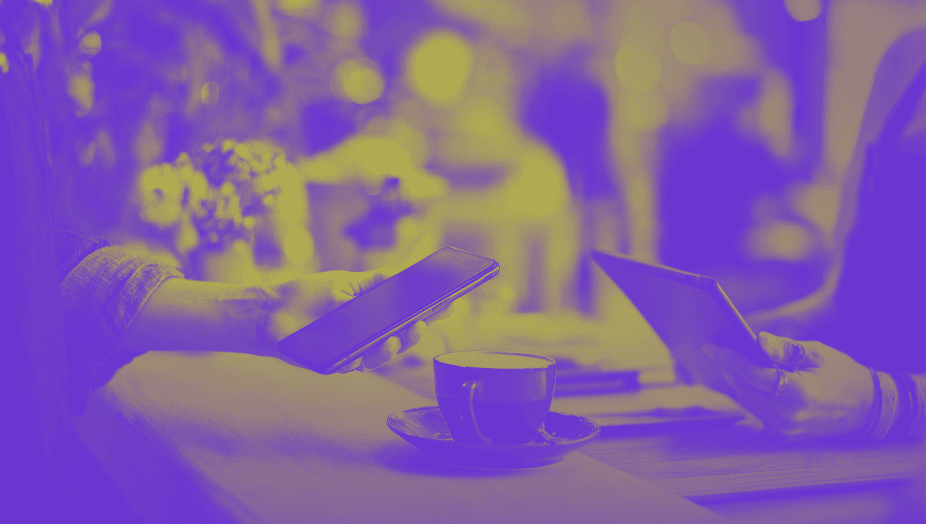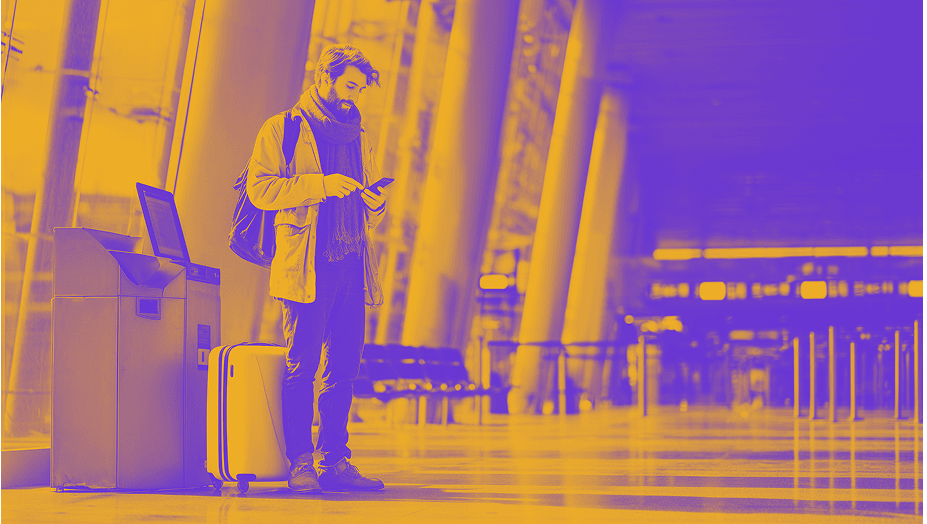
If you are building or scaling an app on iPhone, one of the first questions you will face is which iOS payment methods you can offer. Apple has traditionally kept tight control over in-app purchases, with most digital transactions channelled through its own payment system. However, recent legislation changes in the EU and the UK have opened the door to more flexibility, giving developers the option to use external payment providers alongside Apple’s own.
In this article, we will explore what payment methods are accepted on iOS, how Apple’s rules differ by region, and what this means for companies looking to monetise on iOS apps.
Key Takeaways
|
Apple’s Default Rules for iOS App Payments
For many years, all iOS app payments for digital goods and services had to go through Apple’s in-app purchase (IAP) system. This meant Apple collected a commission of up to 30%, with very limited exceptions. Physical goods and services apps, such as those dealing in food delivery or taxi rides, were never subject to these restrictions. But for digital content like games, streaming, or ebooks, Apple’s rules were strict.
From the user’s perspective, Apple’s IAP is simple. Customers link a card, PayPal, or Apple Pay to their Apple ID, and Apple handles the rest. This convenience has been one of the strengths of iOS, but the high commission costs have long been a source of frustration for app developers and publishers.
What Are the Top Payment Methods Accepted on iOS?
Even though iOS payment methods are limited, businesses and developers selling in the App Store might wonder which options are still on the table.
While the overall rules on IAP are global, the Apple payment methods differ by country. In some markets, Apple Pay is not yet supported, so users may rely on cards or PayPal. In others, Apple Pay adoption is very high, making it a must-have. For app developers and puiblishers targeting multiple markets, it is important to understand which payment rails are most widely used in a given country. However, the Apple website highlights these as the most popular (and widely accepted) iOS payment methods in Europe:
- Apple Pay – Apple’s flagship method, accepted almost everywhere in Europe and the UK, and available in over 70 countries around the globe. It supports credit and debit cards from major networks.
- Credit and debit cards – Visa, Mastercard and American Express are all accepted in Europe and the UK.
- PayPal – available in key markets such as Germany, France, Italy, Spain, the UK, Ireland, Belgium, and the Netherlands.
- Apple Account balance – from redeeming Apple Gift Cards or adding funds.
- Mobile phone billing – popular in many countries through major carriers (Vodafone, Orange, O2, T-Mobile, etc.).
Alongside the big five, Apple also integrates some local payment options that businesses integrating in-app payments should know about:
- BLIK (Poland) – a hugely popular instant payment system linked to local banks.
- iDEAL (Netherlands) – a bank transfer solution widely used for topping up balances.
- Bancontact (Belgium) – the dominant domestic card scheme.
- EPS (Austria) – local online transfer method.
These local systems are smaller than Apple Pay or PayPal, but they matter in their home markets because customers often prefer them over international cards.
Another important thing to understand for app developers and publishers is that customers can manage payment methods on iOS directly in their Apple ID settings, adding or removing desired payment methods, not only those offered by Apple itself.
When it comes to in-app payment options for iOS, however, until recently, the choice was very limited. For digital goods, users could only pay through Apple’s own channels, which meant developers had no choice but to absorb Apple’s fees. That landscape is now starting to shift, at least in the EU.
Europe’s Digital Markets Act: New Options for Businesses
The biggest shake-up to iOS payment methods has come from Europe’s Digital Markets Act (DMA). Since March 2024, Apple has been required to permit developers in the EU and EEA to utilise third-party payment service providers (PSPs), such as Noda or others, for digital purchases within their apps. Developers can include links in their apps that redirect users to an external checkout on their own website.
This means businesses selling digital content now have a choice between two ways to process iOS app payments in Europe that cannot be used at the same time.
- Native PSP integration inside the app, using Apple’s new StoreKit APIs.
- External purchase links open a web checkout outside the app.
However, it’s worth noting that even when you decide to use the external purchase links, Apple still takes a cut in fees that can amount to 10-20% in total. Apple still charges fees (typically between 7-17%) when using the external purchase links in the EU. While the fees for larger apps with many established users are usually closer to 10% or less, smaller and fast-growing projects might end up falling into the 12-20% bracket due to the fact that most of their users fall into Apple’s own “new user” category. The situation remains unchanged for members of Apple’s Small Business Programme – you pay 15%, which applies equally to both external links and native PSP.
The UK: No Immediate Change, But Shifts Are Coming
For now, iOS app developers in the UK still have to use Apple’s In-App Purchase system for digital goods. External checkout links or alternative payment providers are not allowed, and there are no exceptions until regulators step in.
That said, things are starting to move. In July 2025, the Competition and Markets Authority (CMA) proposed giving Apple’s iOS platform “strategic market status” under the new Digital Markets, Competition and Consumers Act. If confirmed later this year, that designation would give the CMA powers to impose new rules, including the possibility of letting developers use external payment links or third-party providers.
A final decision is expected by 22 October 2025. Until then, Apple’s existing system continues to apply in the UK.
Why Choose Noda for Your iOS Payment Method?
If you are looking to take advantage of the DMA’s new flexibility in Europe, choosing the right iOS payment gateway is key. This is where Noda can help.
- Broad Bank Connectivity
Noda connects to over 2000 banks in 28 countries across Europe, giving your customers more choice and reducing reliance on card networks. - Low Transaction Fees
Our pricing starts from just 0.1 %, helping you keep more of your revenue compared to Apple’s traditional model. - Instant Settlement
With Noda, payments are settled instantly with account-to-account transfers. There are no intermediaries, no delays. - Multi-Rail Payments
Combine open banking with cards and wallets in one streamlined flow, giving customers the payment options on iPhone that suit them best. - Hands-On Support
Your personal manager will provide full support for integration and ongoing optimisation, ensuring your iOS app payments run smoothly from day one.
If you would like to see how Noda can fit into your app, contact us for a no-obligation demo.
FAQs
Is Apple Pay the same as iOS payments?
Apple Pay is one of the most popular iOS payment methods, but it is not the only one. Users can also link cards or PayPal to their Apple ID.
How to pay on iOS apps?
Users can pay by selecting a linked card, Apple Pay, or another method saved to their Apple ID. In the EU, some apps may now offer external PSP checkouts.
What payment methods does iOS support?
The payment methods accepted on iOS vary by country. Apple Pay, cards, and PayPal are the main ones. Developers selling digital goods still need to comply with Apple’s IAP rules outside the EU.
Are in-app payments restricted on iOS?
Yes. For digital goods, Apple’s IAP is mandatory everywhere except in the EU, where new rules allow external PSPs like Noda or web links.
How to manage payment methods on iOS?
Users can update their payment options on iPhone in the Apple ID settings, adding or removing cards, wallets, or PayPal as needed.
Latest from Noda

GoCardless Review 2025: What Merchants Need to Know

Alternative Payment Methods UK: Your Complete Guide to Modern Payment Solutions

Plaid Review for Merchants: Data, Payments, Pros & Cons, and More


